transcriptomics
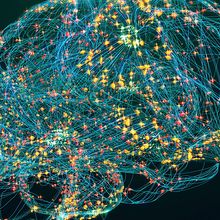
Could Remnants of Ancient Viral Infections Affect Human Health Today?
Hannah Thomasy, PhD | Dec 18, 2024 | 4 min read
Patterns of human endogenous retrovirus expression linked to decreased neurodegenerative disease risk.
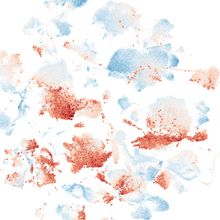
An AI Lab Partner Helps Sift Through Transcriptomics Data
Kamal Nahas, PhD | Dec 12, 2024 | 4 min read
Big omics datasets can be overwhelming for researchers with limited programming skills, but texting with a new AI chatbot could help them wade through their results.
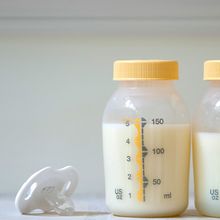
Viral Activation Can Shape Breast Milk Composition
Nathan Ni, PhD | Sep 19, 2024 | 5 min read
A new study employs a multiomic approach to study how cytomegalovirus activation impacts breast milk bioactive factors and the infant microbiota.
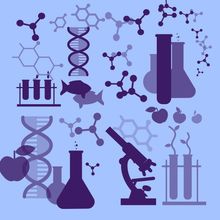
Multiomics Enables Integrated Biological Analysis
Rebecca Roberts, PhD | Aug 19, 2024 | 6 min read
Scientists use multiomics to explore the biological continuum from gene to phenotype, identifying complex molecular mechanisms and pathways.
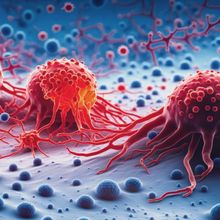
Delving Deeper: Advancing Cancer Research with Molecular Analysis
The Scientist Creative Services Team in collaboration with Thermo Fisher Scientific | Aug 13, 2024 | 1 min read
The emergence of innovative analytical methods empowers researchers to comprehensively characterize tumor samples.
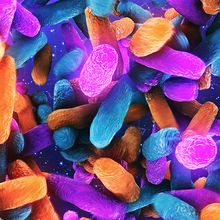
Searching for New Bacterial Therapeutics Amongst Microbial Neighbors
Niki Spahich, PhD | Jul 26, 2024 | 4 min read
A member of the lung microbiota releases a peptide that hinders the respiratory pathogen Streptococcus pneumoniae.
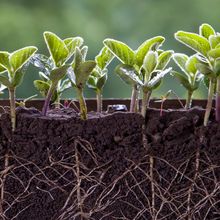
Getting to the Root of the Plant Microbiota
Niki Spahich, PhD | Jul 8, 2024 | 5 min read
In plants, sugar transport and microbial community composition go hand in hand.

Connecting the Data Dots
Velsera | Jul 2, 2024 | 1 min read
To accelerate research initiatives, scientists can utilize a platform that brings together over 14 petabytes of multimodal data.
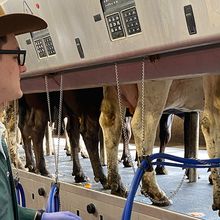
Moo-ve Aside Mice: Exploring Cow Models in Research
Laura Tran, PhD | Jun 25, 2024 | 3 min read
Humans have more in common with cows than mice when it boils down to bone marrow stem cells.
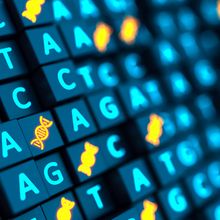
Discovering the Functions of Noncoding Sequence Variants
Niki Spahich, PhD | Jun 12, 2024 | 4 min read
Neville Sanjana explored noncoding genomic regions by combining pooled CRISPR screening and single cell sequencing.
![<p data-pm-slice="1 1 []" >Multiple RNA strands against a blue background</p> <p data-pm-slice="1 1 []" >Multiple RNA strands against a blue background</p>](jpg/69321-ts-ppl-twist-rna-exome-poster-jd-800-x-560-t.jpg)
Capturing Relevant Reads in Gene Expression Studies
Twist Bioscience | Jun 11, 2024 | 1 min read
Scientists employ an RNA exome panel for a targeted RNA-sequencing approach.
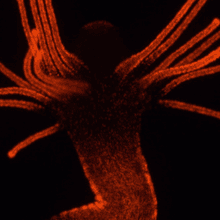
With Neither Brains nor Brawn, Jellyfish and Relatives Developed Subcellular Weapons Instead
Hannah Thomasy, PhD | May 29, 2024 | 6 min read
Anna Klompen explained how cnidarian stinging cells harpooned their way into her heart and could help answer fundamental questions in biology.
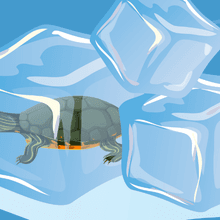
The First Turtle Organoids
Danielle Gerhard, PhD | May 13, 2024 | 5 min read
Herpetology meets hepatology as scientists develop new tools for exploring how turtles survive freezing, oxygen-poor environments.
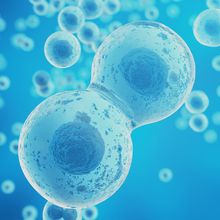
Sister Cells Reveal Cancer’s Fate
Aparna Nathan, PhD | Apr 3, 2024 | 4 min read
A new method traces treatment resistant cells and predicts drugs that can make them more susceptible to cancer therapy.

Rapidly Dividing Bacteria Coordinate Gene Expression and Replication
Kamal Nahas, PhD | Mar 15, 2024 | 4 min read
E. coli divides faster than it can replicate its genome, while simultaneously expressing its genes. Scientists recently revealed the intricate molecular coordination that makes this possible.
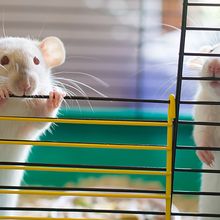
Rodents Offer New Insights Into the Diversity of Addiction
Aparna Nathan, PhD | Dec 1, 2023 | 4 min read
Molecular studies may point to underlying genetics and therapeutic targets.
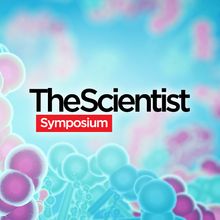
Unlocking the Secrets within Cells Using Next Generation Sequencing
The Scientist | Sep 25, 2023 | 1 min read
Next generation sequencing (NGS) core facility scientists and researchers discuss their latest work exploring novel cancer models and stem cells in space.
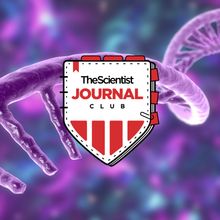
The Scientist's Journal Club: Transcriptomics
The Scientist | Sep 20, 2023 | 2 min read
Scientists discuss their latest findings on immune cell dynamics, neurodegenerative disease risk factors, and rare cell types obtained from bulk and single cell RNA sequencing experiments.

Next-Generation Sequencing: A World without Limits
The Scientist and Illumina | Sep 1, 2023 | 5 min read
Centralized core facilities and commercial service providers specializing in NGS provide expertise and training for researchers new to the method.
